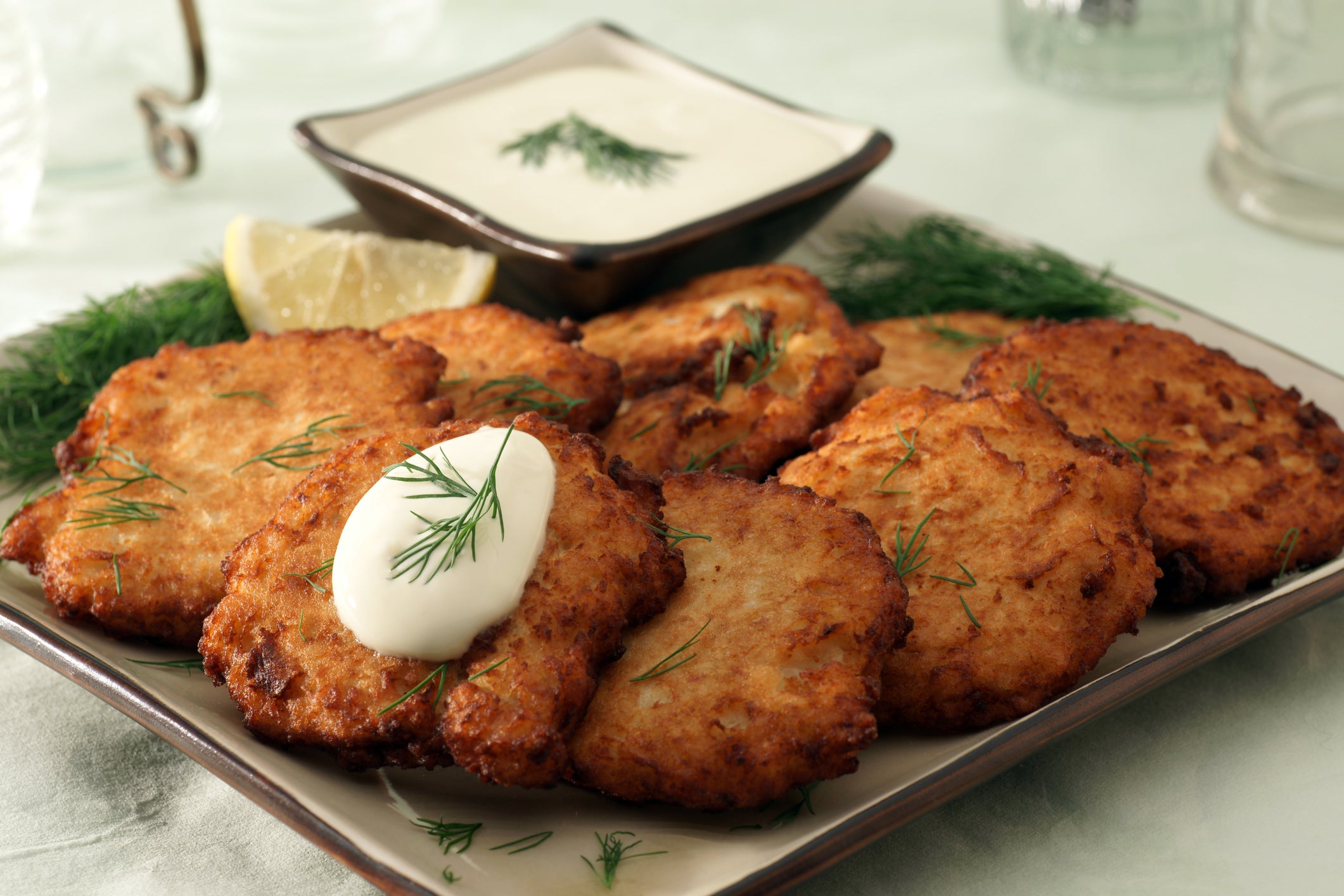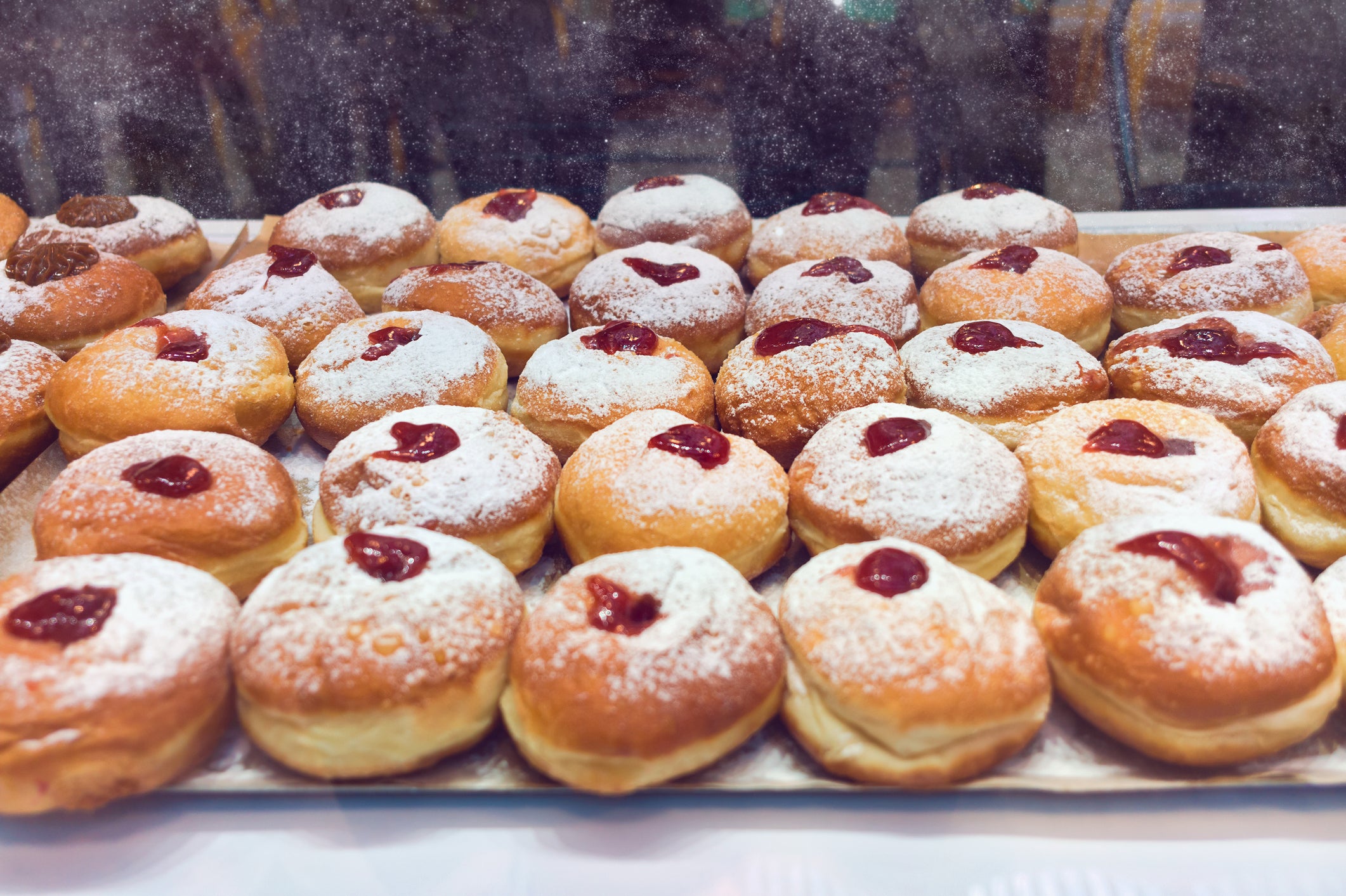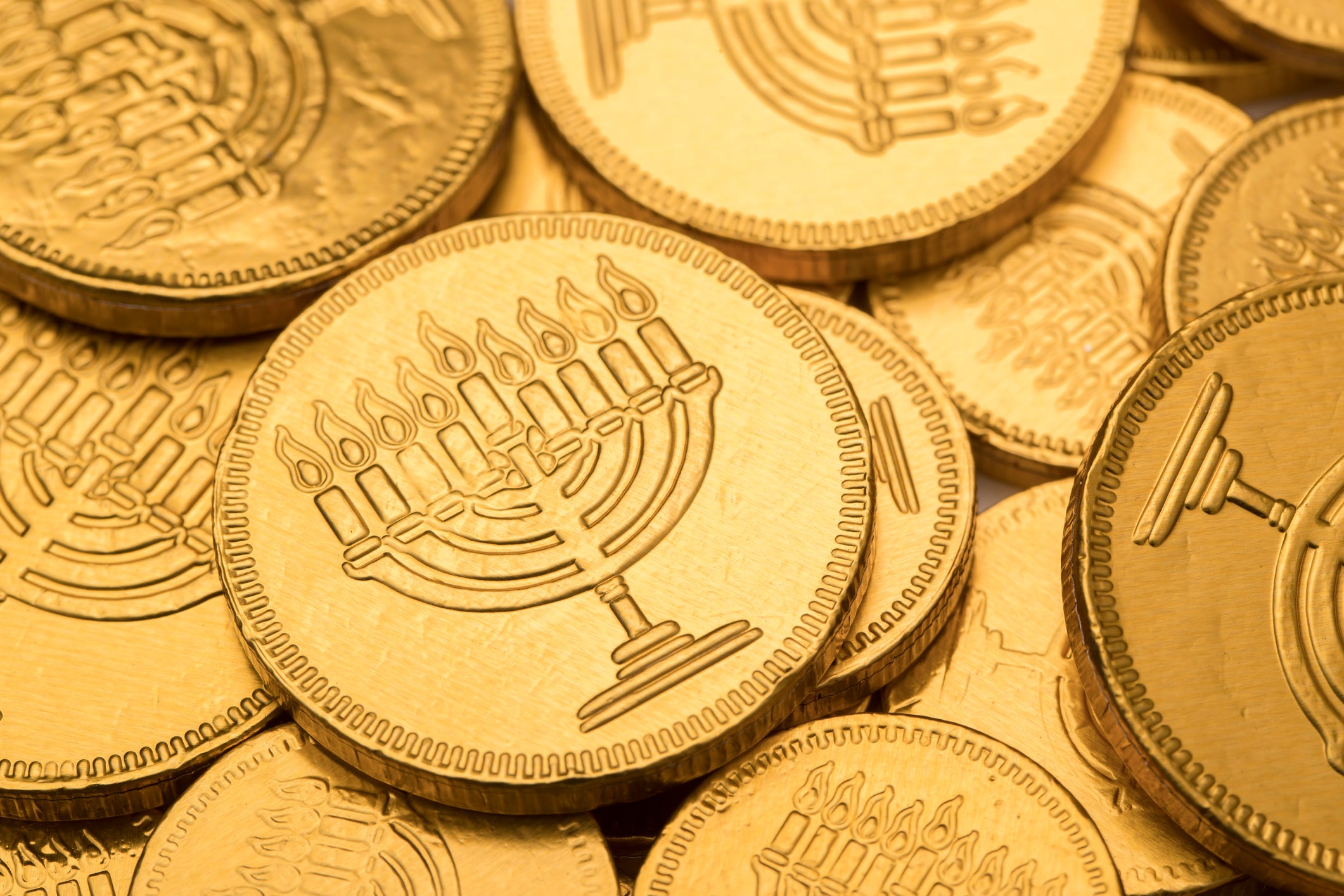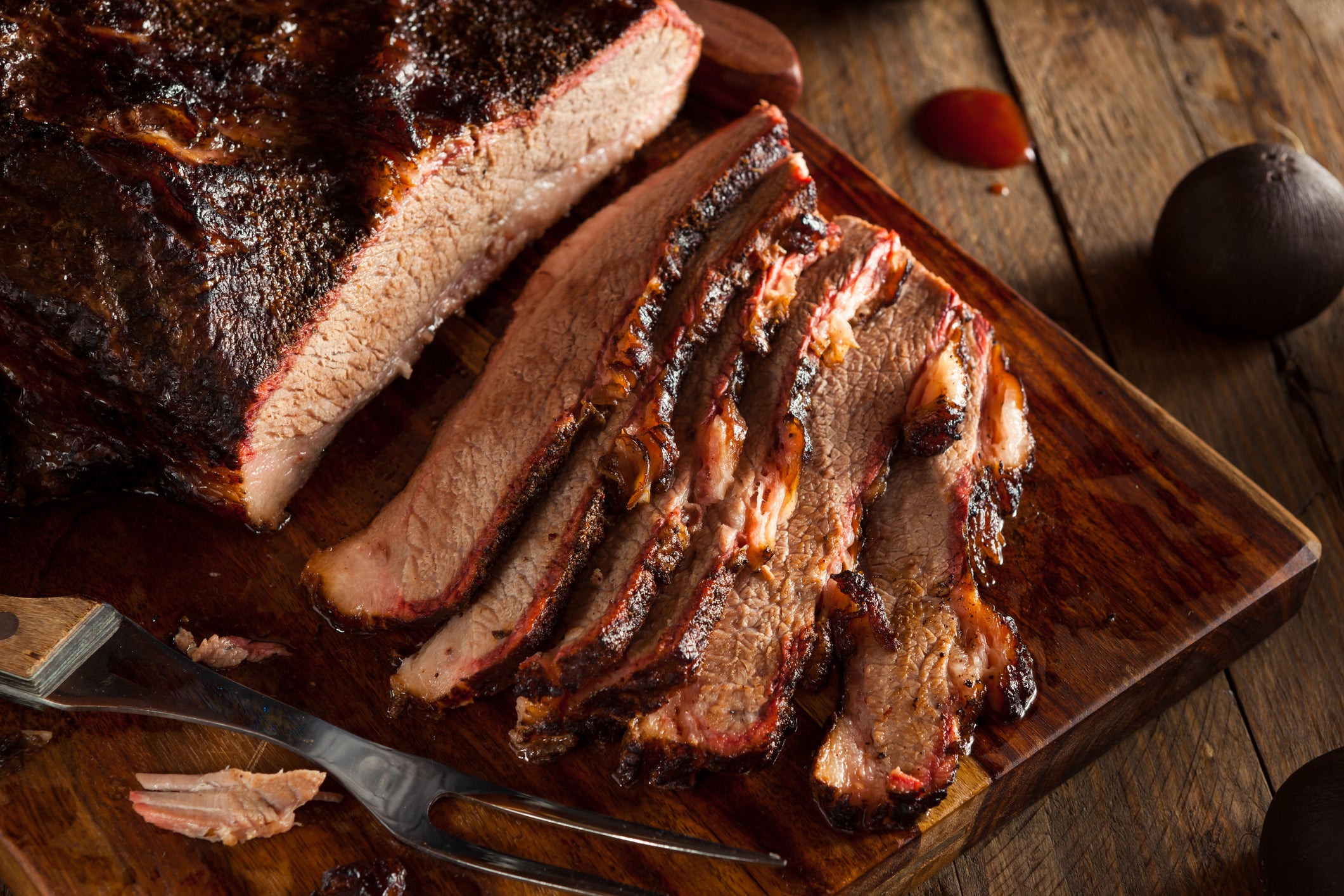Hanukkah food 2023: All the food that’s eaten during the Jewish Festival of Lights
From delicious doughnuts to luscious potato latkes, plenty of food is eaten during the eight-day festival of Hanukkah
Your support helps us to tell the story
From reproductive rights to climate change to Big Tech, The Independent is on the ground when the story is developing. Whether it's investigating the financials of Elon Musk's pro-Trump PAC or producing our latest documentary, 'The A Word', which shines a light on the American women fighting for reproductive rights, we know how important it is to parse out the facts from the messaging.
At such a critical moment in US history, we need reporters on the ground. Your donation allows us to keep sending journalists to speak to both sides of the story.
The Independent is trusted by Americans across the entire political spectrum. And unlike many other quality news outlets, we choose not to lock Americans out of our reporting and analysis with paywalls. We believe quality journalism should be available to everyone, paid for by those who can afford it.
Your support makes all the difference.Hanukkah, the Jewish festival that commemorates the miracle of a menorah burning for eight full days after the desecration of the Temple of Jerusalem, is upon us once more.
Starting on Thursday 7 December, the Jewish Festival of Lights is celebrated by lighting a menorah, or a hanukkiah, for eight days and exchanging gifts with loved ones.
It’s also observed by eating a gargantuan amount of delicious, mouth-watering food, much to the delight of celebrants around the world.
From jam-filled doughnuts to chocolate coins, sumptuous potato latkes and more, the food that’s served during Hanukkah is undoubtedly one of the highlights of the jubilant festival.
Here’s everything you need to know about Hanukkah food. Chag Sameach (Happy holiday)!
Latkes

When the Jewish people reclaimed the Temple in Jerusalem from the King Antiochus and his troops, as the story of Hanukkah goes, they could only find enough oil in the temple to light the menorah for one day.
However, when the menorah (a candelabra) was lit with the oil, it somehow managed to carry on burning for eight full days, hence the eight-day duration of Hanukkah.
To commemorate the miracle of the tiny amount of oil transcending expectations to light the holy menorah, during the Festival of Lights Jewish people eat a lot of food that’s been fried in oil.
One of the most popular foods eaten during Hanukkah are latkes, which are fried potato pancakes.
Some Jewish people eat latkes sweet, accompanied with apple sauce, while others prefer them savoury, served with sour cream.
Either way, they’re a treat for the taste buds.
Sufganiyot

A sufganiyah, or sufganiyot for plural, is a round, deep-fried doughnut typically filled with strawberry jam that’s eaten on Hanukkah.
Topped with powdered sugar, these delectable treats are one of the most recognisable foods affiliated with the Jewish festival.
In recent years, Jewish people in Israel and around the world have become more experimental with their sufganiyot fillings.
You can now choose from an array of flavours, including chocolate cream, vanilla cream, caramel and cappuccino.
Many bakeries also offer miniature-sized sufganiyot, so you can tuck into a selection of different flavours without going overboard (although if you do, who can blame you).
Gelt

On Hanukkah, children are often given chocolate money in celebration of the festival.
In Yiddish, a language that the Jewish people began using in Europe around 1,000 years ago, the translation of “money” is “gelt”.
The chocolate coins given out on Hanukkah are wrapped in silver or gold foil and eaten in abundance by children and adults alike.
According to Rabbi A. P. Bloch, the custom of giving out gelt on Hanukkah began in 17th Century Poland, when Jewish parents would give their children money to give to their teachers.
“In time, as children demanded their due, money was also given to children to keep for themselves,” he says.
Bloch explains that according to 17th Century Rabbi Magen Avraham, poor yeshiva students would visit the homes of Jewish benefactors who would then give them Hanukkah money.
“The rabbis approved of the custom of giving money on Hanukkah because it publicised the story of the miracle of oil,” Rabbi Bloch writes.
Beef brisket

Beef brisket is a delicacy that’s served at many Jewish festivals, including Rosh Hashanah, Passover and Hanukkah.
It first became popular in eastern Europe when Jewish living the region weren’t able to afford more expensive cuts of meat.
“The often-impoverished Jews of eastern Europe could rarely afford to ‘live high on the cow’ - to buy the more tender cuts from the rib and chuck,” Gil Marks writes in Encyclopedia of Jewish Food.
“[So] they learned how to make do with the cheaper, less desirable parts.”
Brisket is taken from the chest of the cow, and is often made the day before it’s eaten.
It can be served with side dishes such as potato latkes or roasted vegetables.

Join our commenting forum
Join thought-provoking conversations, follow other Independent readers and see their replies
Comments